Question #1: Is The iPhone 5C coming?
Sure looks that way. The rumors have grown so loud that they’ve become deafening. Let me put it this way: If the iPhone 5C is NOT announced on September 10th at the upcoming Apple event, it will be the non-announcment heard ’round the tech world.
There’s nothing in this world more instinctively abhorrent to me than finding myself in agreement with my fellow-humans. ~ Malcolm Muggeridge
Question #2: Why The Change In Apple’s Strategy And Why Now?
It’s hard to say who gets criticized the most, the successful person, or the failure but it’s mighty close. ~ Joe Moore
Apple definitely considered doing a mid-range phone years and years ago. They opted, instead, to continue manufacturing their one-year and two-year old phones and sell them at lower price points. That strategy has been successful, but it also may have run its course. For a good read on this topic, I commend you to Rene Ritchie’s article entitled: “Why iPhone 4C didn’t make sense but iPhone 5C just might.”
The hardest thing to learn in life is which bridge to cross and which to burn. ~ David Russell
Question #3: How Will Apple’s Corporate Philosophy Shape Their Decisions On The iPhone 5C?
Do what you feel in your heart to be right – for you’ll be criticized anyway. ~ Eleanor Roosevelt
When thinking about the iPhone 5C, we need to keep in mind that Apple is unique. First, Apple has always been about making the best, not the most. ((Tim Cook: “For us, winning has never been about making the most. Arguably we make the best PC, we don’t make the most. We make the best music player, we wound up making the most. We make the best tablet, we make the most. We make the best phone, we don’t make the most phones.”)) Second, Apple is not afraid of cannibalizing their own products. Third, Apple believes in simplicity — less, but better. Fourth, Apple’s strength is in its ecosystem. Any tactical decision that diminishes the cohesion of Apple’s ecosystem would be strategically counter-productive.
The man who follows a crowd will never be followed by a crowd. ~ R. S. Donnell
Question #4: Is Apple Introducing the iPhone 5C In Order To Standardize Their Technology?
Absolutely.
Logic merely enables one to be wrong with authority. ~ Doctor Who
This is definitely one of the most compelling reasons for the move to the iPhone 5C. It will allow Apple to simultaneously retire the iPhone 4 and 4S and move its new customer base to the newer iPhone screen size and to the newer iPhone Lightning power cords. This is not the only reason for the move to the iPhone 5C, and it may not be the primary reason for the move, but it is entirely consistent with Apple’s doctrine of simplifying their product lines and consolidating their ecosystem.
Question #5: Is Apple Doomed If It Doesn’t Add More Market Share?
Get a grip.
Apple’s market share is bigger than BMW’s or Mercedes’ or Porsche’s in the automotive market. What’s wrong with being BMW or Mercedes? [2004] ~ Steve Jobs
— The iPhone is America’s most profitable product.
— Apple Computers, iPads and iPhones were just named the top three brands of 2013.
— Apple easily out-profits both Microsoft and Google.
Rule Number 1: Never lose money. Rule Number 2: Never forget rule Number 1. ~ Warren Buffett
If Apple is doomed, then what does that say about the respective state of their rivals?
Profit is one of the nine reasons to be in business. The other eight are unimportant. ~ John Kirk
Apple is doing just fine. Turns out that selling a differentiated premium product is a sustainable business model. Who knew? ((Ben Thompson: It turns out there are two sustainable positions in an industry (and to be clear, this isn’t exactly rocket science. Again, business school…). The low cost leader – Samsung – and the highly differentiated one. See, Apple already did “transform the industry with a revolutionary design.” And while Android has made significant gains on the hardware, software, and even ecosystem fronts, the overall package offered by Apple is still highly differentiated. The evidence bears this out: Apple charges the highest prices for phones, happily subsidized by carriers (especially in the US), because customers will change carriers to get the iPhone. This results in by far the highest margins in the industry with only a small portion of the overall volume.)) (Most every knowledgeable business observer, that’s who.)
We learn from history that we do not learn from history. ~ Georg Wilhelm Friedrich Hegel
Those who do not know their history insist that history is about to repeat itself – that Android is about to become the next all-encompassing Windows monopoly. But if you know your business history, then you know that Windows was an aberration, not a precedent; the exception to the rule, not the rule.
We’re seeing history repeat itself all right. Just not the history most have mis-remembered.
“History is a very good teacher, but (it) has very few students.” ~ Wael El-Manzalawy
Question #6: But Didn’t Steve Jobs Say That Apple Needed Market Share, Not Profits?
“What ruined Apple was not growth … They got very greedy … Instead of following the original trajectory of the original vision, which was to make the thing an appliance and get this out there to as many people as possible … they went for profits. They made outlandish profits for about four years. What this cost them was their future. What they should have been doing is making rational profits and going for market share.” – Steve Jobs, 1995
Whenever Apple’s market share comes up, so does the above Steve Jobs quote. But when you’re re-reading that quote, keep these things in mind.
First, Steve Jobs was still running Apple when the current iPhone pricing policies were set. It’s unlikely that he forgot his own advice.
Second, the iPhone has been gaining market share in key global markets.
Third, pricing to gain market share simply for the sake of market share is a chump’s game.
Apple already has 65 percent of the mobile phone profits with only 6 percent of the market share. How much more profit share can Apple reasonably hope to acquire?

Fourth, Steve Jobs wasn’t talking about ALL market share, he was talking about acquiring the RIGHT market share. Some customer’s are simply not worth having.
The question is one of price elasticity: How much more profit, if any, will Apple garner by lowering the price of their phone? ((“Price elasticity” seems to be way beyond the pay grade of most pundits and analysts who follow the mobile sector, but what it essentially means is that when the price of something goes down, sales almost always go up, but the rate of that sales increase depends upon the price elasticity of the product. In other words, dropping prices may increase sales but the increased sales may result in disproportionately larger or smaller profits. Unless we truly understand the price elasticity of the iPhone, we really shouldn’t be calling for Apple to drop its iPhone prices.)) And will the market share that they acquire be desirable?
Question #7: Is Pricing The Key To The iPhone 5C?
No.
(The price of the iPhone 5C) is the only thing that deserves analysis ~ Horace Dediu
I respectfully disagree.
The success of the iPhone 5C depends upon valued differentiation. The key is not to make the phone cheaper, it is to make it more valuable EVEN THOUGH IT IS CHEAPER. (Perhaps Apple should call it the iPhone 5 “V” instead of the iPhone 5 “C”.)
Many companies foolishly try to differentiate their products by price. This is always a mistake. If the lower priced item is more valuable than its price, then it cannibalizes its premium sibling. If the lower price is achieved by crippling the value of the product, then poor sales and user dissatisfaction ensue. (See, for example, Windows RT).
The key is to differentiate without disabling the product. You want to create a product that is, yes, lower priced, but the lower price is merely the icing on the cake. The “cake” is that the lower priced product is actually MORE VALUABLE to its intended audience than its premium priced cousin.
Take for example the iPod Nano and the iPad Mini. In both cases, they were lower priced than their premium siblings. But in both cases, the features that the products were missing (size, for example) actually ENHANCED their value to their target audience. Apple needs to do the same with the iPhone 5C.
A satisfied customer is the best business strategy of all. ~ Michael LeBoeuf
Question #8: How Will Apple Differentiate The iPhone 5C From the iPhone 5S?
I don’t know.
I used to be indecisive but now I am not quite sure. ~ Tommy Cooper
— They could do it by making the phone only work in certain geographic locations, like China.
China is a big country, inhabited by many Chinese. ~ Charles de Gaulle, former president of France
I don’t think that’s likely.
— They could do it via specs: lower memory, storage, processor, no LTE antennas, no NFC, no Siri…
…no way. This is crippling the product, not enhancing it. The new iPhone 5C will certainly have lower specs, but those lower specs – as with the iPod Nano and the iPad Mini – should be consistent with the job the product is being asked to do. Artificial differentiation should be avoided at all costs (see what I did there?).
People want economy and they will pay any price to get it. ~ Lee Iacocca
Apple’s goal is to CONSOLIDATE their ecosystem, not fragment it. ((Tim Cook: “And I would just add to that, because we are not fragmented like our competition, we can update an iOS with a major release and a substantial percentage of our customers will update to the – to our latest offer. We’ve made that very elegant and very easy. Also because the usage for iOS is so much higher, when we integrate things well, people use them a lot more and so just those concepts by itself are huge advantages from a customer experience point of view and from a more of the metrics that you’re thinking about point of view.”)) Nothing should be “missing” from the iPhone 5C that will be “missed” by any of its intended audience.
Power is not revealed by striking hard or often, but by striking true. ~ Honoré de Balzac
Question #9: Who’s The Gorilla?
Competing in the market is like wrestling a gorilla. You don’t quit when you’re tired, you quit when the gorilla is tired. The question is, who’s the gorilla in the smart phone space – Apple or Apple’s competitors?
Trying to predict the future is like trying to drive down a country road at night with no lights while looking out the back window. ~ Peter Drucker
We may find out who the Gorilla is on September 10th.

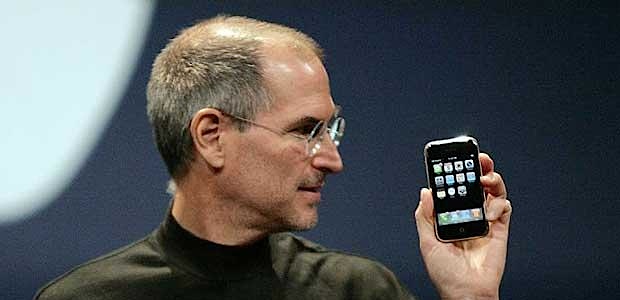





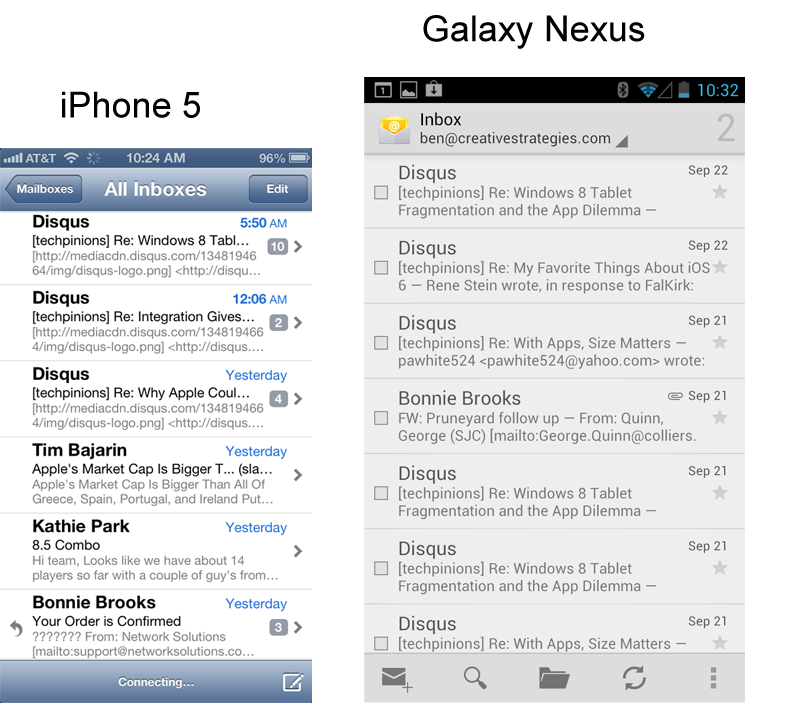
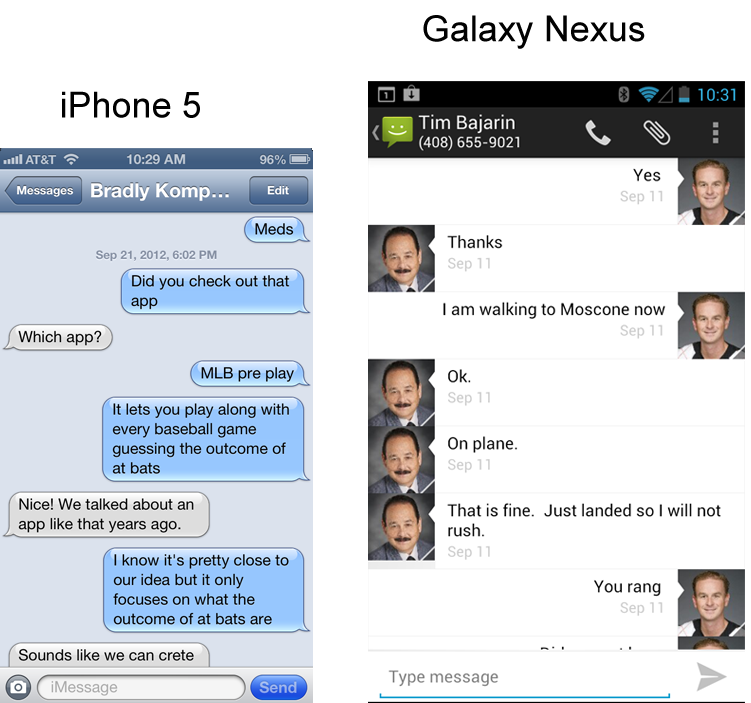

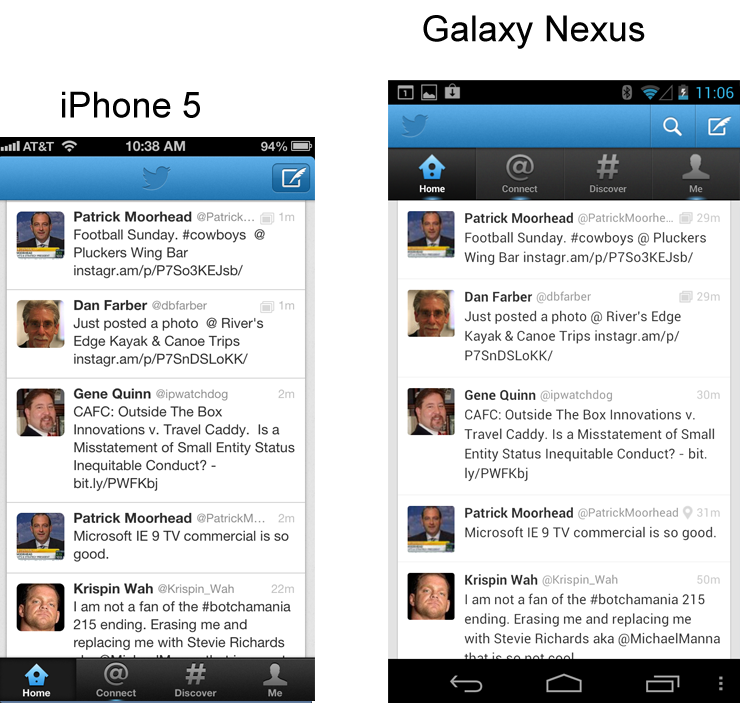
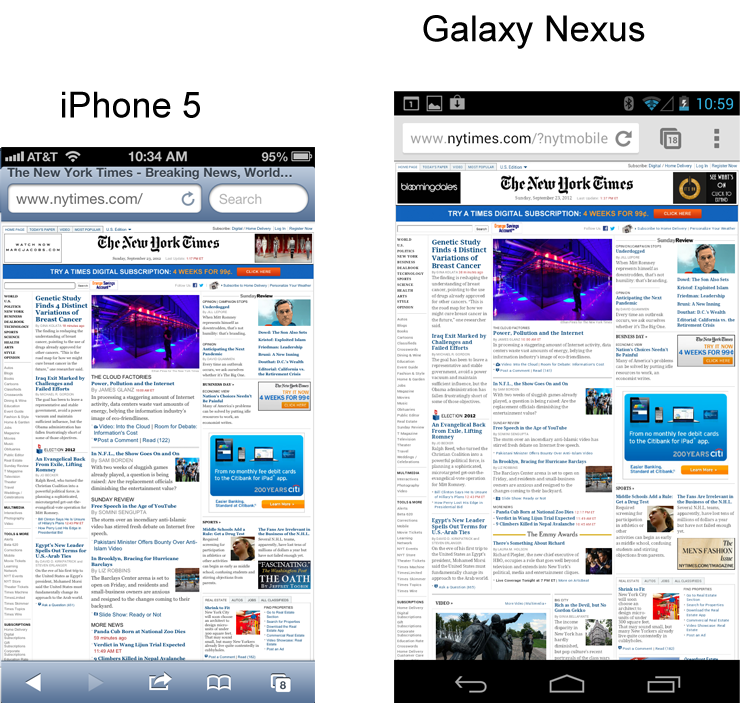
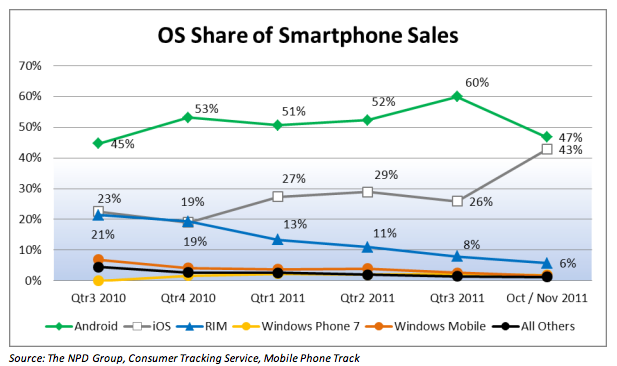







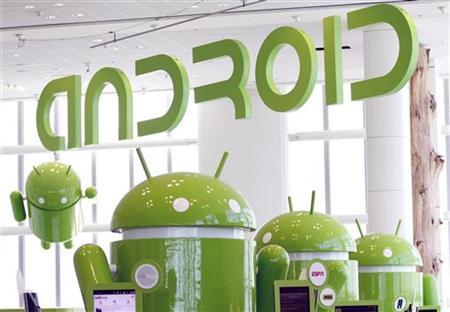

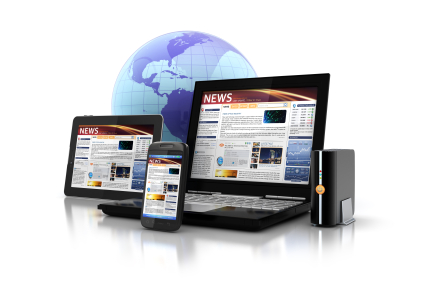

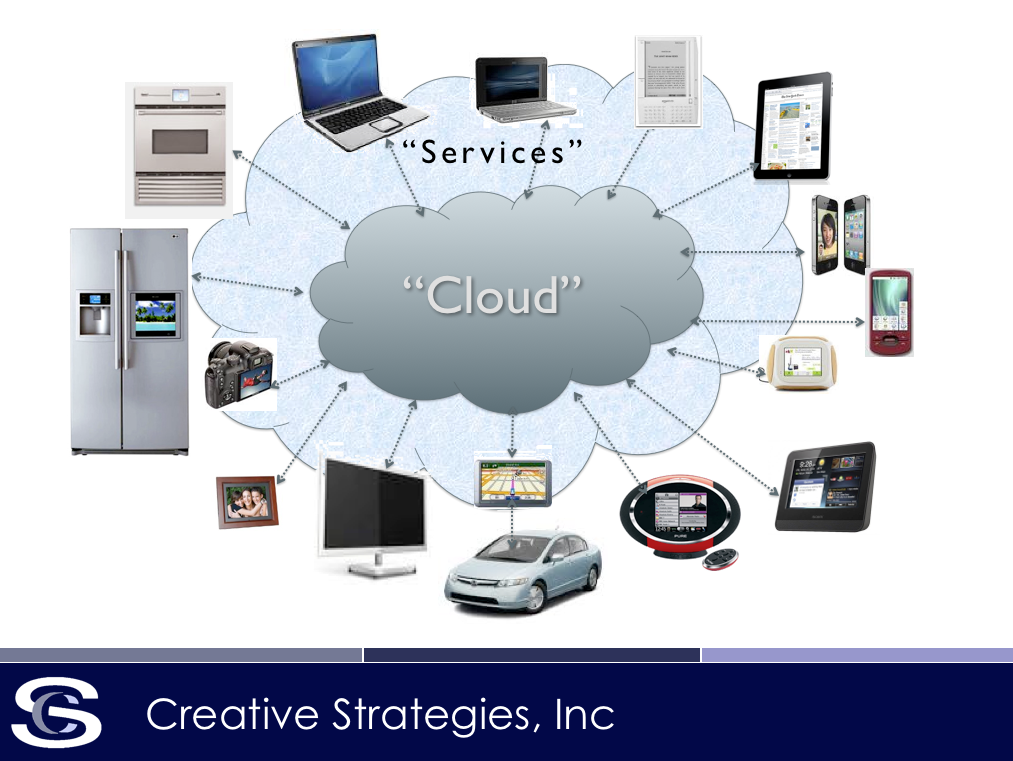



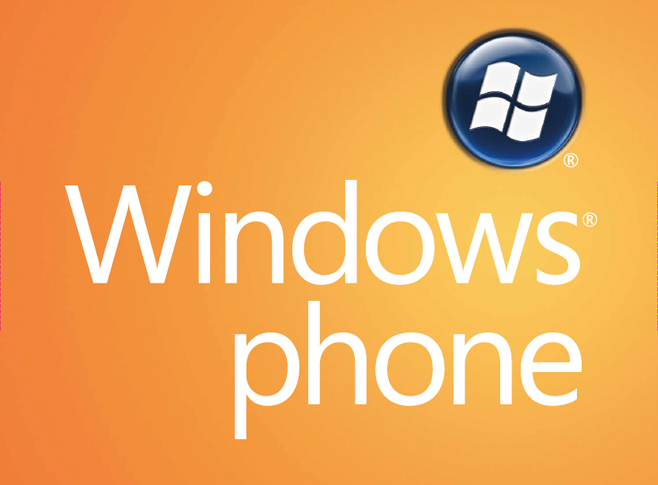


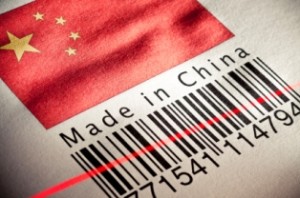 I have had the privilege of traveling to about 55 countries as part of my job over the last 30 years. And while I really enjoy Italy, France, Hong Kong, and Singapore, the one country that fascinates me the most is China. I first went to China in the early 1990’s, just when they were starting to establish their special trade zones. At that time the government was still leery of outsiders and we could not travel anywhere without a personal guide of some sort.
I have had the privilege of traveling to about 55 countries as part of my job over the last 30 years. And while I really enjoy Italy, France, Hong Kong, and Singapore, the one country that fascinates me the most is China. I first went to China in the early 1990’s, just when they were starting to establish their special trade zones. At that time the government was still leery of outsiders and we could not travel anywhere without a personal guide of some sort.
